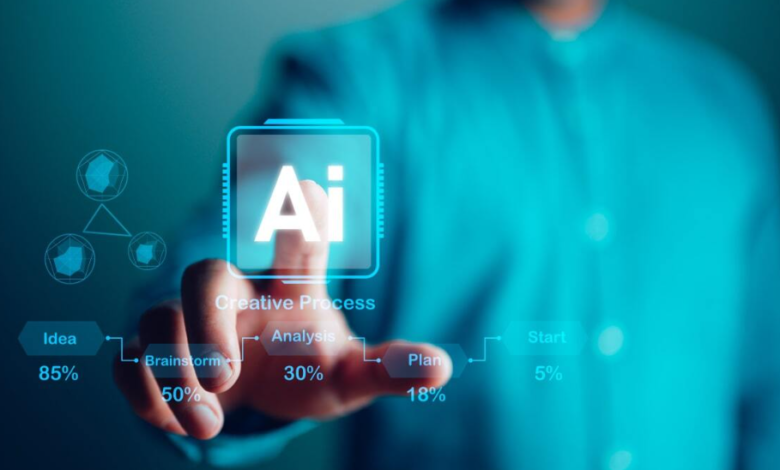From Vision to Blueprint: Why Conceptual Design Is the Heart of Every Successful Project

It all starts with clarity, and every good project has clarity in its corner. There need to be a clear understanding of the Idea, Reason and the direction of any development before a team gets into the nitty gritty. That’s why we need a conceptual design here. This crystallizes early thoughts and creates a framework of ideas which will help inform the entire project.
Why Early Design Matters
The straying from the specific is that; this is carried out by skipping the planning period where all goals and strategies are formulated, which leads to confusion down the road. Moving ahead as a team without a common road map. Mistakes multiply. Fixing avoidable issues wastes time.
Conceptual design give businesses an opportunity to pause and digest. So, not perfection here − but alignment. It allows everyone to know what they are building and why it is important.
What Conceptual Design Includes
This is a macro-level early design phase. It presents concepts in easy, visual, and strategic formats like:
- Sketches and rough layouts
- Early wireframes or diagrams
- Basic user journeys
- Initial models or mood concepts
None of these are final. Those are conversation starters and course correction guides.
How Conceptual Design Strengthens Projects
- Clear Direction
Everyone can work with purpose and intentionality when they know what the end goal is. Eliminating guesswork and creating a common understanding between teams, conceptual design does wonders.
- Faster Execution
Once the groundwork is laid, the rest of the project follows seamlessly. Less time is spent by teams squabbling over decisions and more time is spent in executing results.
- Reduced Risk
Identify pitfalls before the become show-stoppers. By doing this early, you save time, cash, and headaches further down the line.
The Surprising Source of Creative Inspiration
Planning does not stifle creativity as people commonly believe − rather it is the fire that fuels creativity. Conceptual design encourages exploration. It allows teams to experiment, explore options, and test assumptions and ideas when the project is still malleable.
This openness tends to yield a higher-caliber ideas and novel solutions.
How Conceptual Design Will Change Everything
- Product Development
Conceptual planning helps build features and user needs and what the product will be after it takes shape.
- Architecture and Construction
Long before the blueprints or engineering plans are drafted, concepts guide how a space is built and what it encompasses.
- Branding and Marketing
Campaigns need great concepts − the things that set tone, message, and visual identity.
For all domains, early design clarity allows for better results in the end.
See also: How Technology Integration is Transforming Modern Classrooms
Concrete Suggestions to Solidify Conceptual Work
- Avoid assumptions and start with real problems
- Make visuals look simple and at ease to follow
- Involve different team members early
- Iteratively synthesize and test ideas
These little tweaks can make a huge difference in the outcome of any project.
Final Thoughts
A powerful idea deserves a powerful opening. The conceptual design gives the frame you need to make moving from vision to execution with confidence. It aligns teams, decreases risk, and also boosts creativity. A strong concept is the foundation for all success, whether you are developing a product, planning a space or launching a campaign.





